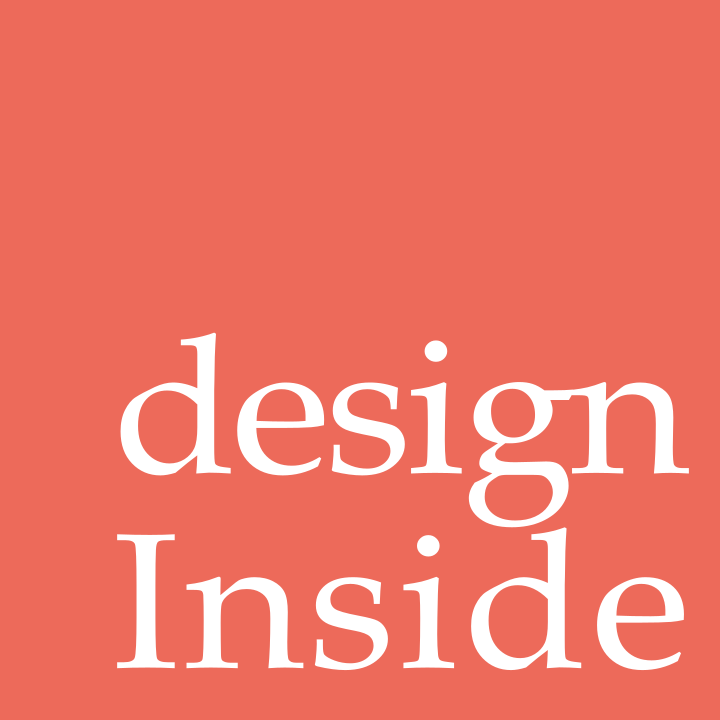Recently, Associate Interior Designer Abigail Weiland was interviewed by a student that was coming close to graduating from Interior Design School. In this interview, Abigail gives some helpful pointers to those looking to take on a career in Interior Design.
We have pulled together some of our favorite questions about interior design from the interview.
What are daily challenges you face being an interior designer?
Abigail: Not everyone is the same in this business. Every client responds in a different way and has different personalities. Not everybody is able to look at the floor plan I create for them and be able to understand what is going on and visually imagine it. For some people you really have to break it down and explain to them every aspect, or else they won’t understand and that causes other problems. Some clients don’t see it like others do. A lot of people like for plans to be rendered for them to better visualize it, while others rendering doesn’t really make a big difference and can visualize it simply in black and white. One quote we have around here that I like to live by is “It isn’t a problem unless you can’t fix it”, so there are a lot of challenges but most of them are manageable.
Is there a specific way you approach projects? Something unique or different?
Abigail: Every project is different. I don’t really have a specific, unique way I approach projects, but I can tell you the process we go through when we get projects. We have clients that we consider active, those that are loyal customers of ours, and we have those that we consider inactive, who come every now and then and have smaller projects. We start by offering hourly consultations where we meet at their house or they come into our firm. We then go measure the dimensions of the space, take pictures, and talk to them about their vision and what they want. Something that I do feel is unique about our firm is that instead of using AutoCAD or Google Sketch up, we use a program called Visio, which is like paint and AutoCAD combined. It’s a really basic program that is easy to learn and use. I make sure that all expectations of both the designer and client are out and upfront in the beginning.
What is your particular design style or a pattern you notice with all your projects?
Abigail: I wouldn’t say it is a particular style, but I am very strict about being organized. I have a visual, basic graphic style. I like to have more than one designer working on a project at a time in order to get more ideas, and better results. I don’t have a specific style because I like a variety of styles. What I see a lot with my interns here is that when I ask them to choose furniture for a living or dining room, they’ll choose an espresso dining table, with an espresso hutch or buffet, and espresso legs on the dining chairs. However, what I have found is that the best looking designs are pieces that have more than one type of style or pattern. Mixing different patterns and styles can create a beautiful space.
What advice would you give to graduating interior design students searching for jobs?
Abigail: Jump on searching for jobs as soon as possible. If you see something, go after it. Don’t settle for a job at a firm you’re not too excited about or an area that you don’t want to be in. If you see a posting don’t hesitate to send your cover letter and resume. People who we’ve hired here were those who jumped on it right away as soon as we expressed interest in hiring a new interior designer. They were the ones who sent their resumes in first and the first people we looked at. Be aggressive. If you applied to a job and you notice that’s it’s been weeks since they contacted you, don’t be scared to call them and let them know that you haven’t heard back and you sent your resume in weeks ago. Be honest in your interviews about what you do and don’t know. Jobs are an opportunity to grow and learn more, so it’s not a weakness to not know everything. Make sure that during your interview, you are asking them a lot of questions as well. Interviews should never be just one person asking the questions. It should feel more like a conversation versus an interview. And designers love when you ask them questions! It shows that you are personable and are just as interested in them as they are in you, if not more. Constantly look for what’s out there and places you feel you would fit. Create networks.


